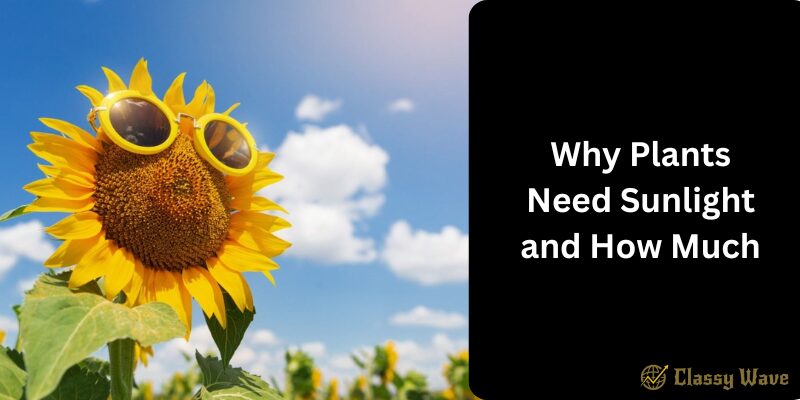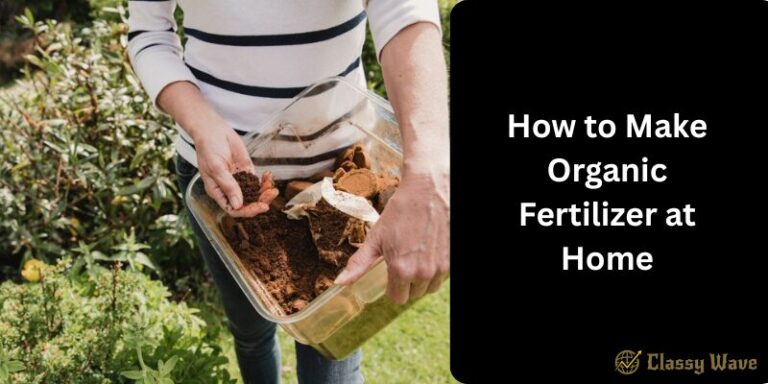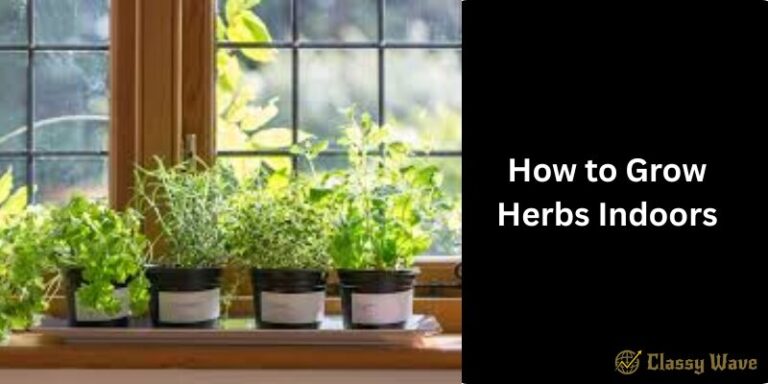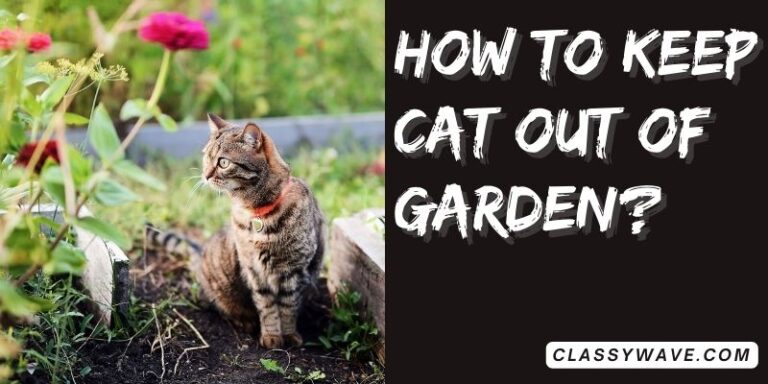Why Plants Need Sunlight and How Much | Classy Wave
Have you ever wondered why your indoor plants start drooping when kept away from a window? The answer lies in one simple but powerful element — sunlight. Plants need sunlight to grow, stay healthy, and produce the oxygen we breathe. Understanding why plants need sunlight and how much they actually require can make all the difference in keeping your garden lush and thriving.
The Role of Sunlight in Plant Growth
Sunlight is the main source of energy for plants. Through a process called photosynthesis, plants use sunlight to convert carbon dioxide and water into glucose — a type of sugar that fuels their growth. Oxygen is released as a byproduct, which is essential for humans and animals.
In simple words: sunlight = food for plants.
Without it, plants can’t make their own food and eventually become weak, yellow, or even die.
What Happens During Photosynthesis
Here’s how photosynthesis works in three basic steps:
- Absorbing sunlight: Leaves contain a green pigment called chlorophyll that captures sunlight.
- Converting energy: The light energy is used to convert carbon dioxide (from the air) and water (from the soil) into glucose.
- Releasing oxygen: During this process, oxygen is released into the air — making plants essential for life on Earth.
This process doesn’t just help plants grow; it’s the foundation of all life, as it keeps the oxygen cycle going.
Why Sunlight Is So Important for Plants
Sunlight impacts nearly every part of a plant’s development:
- Growth: Strong light helps plants grow tall and strong.
- Color: Without enough sunlight, leaves turn pale or yellow.
- Flowering: Many plants need specific amounts of light to bloom.
- Fruit production: Sunlight helps fruits ripen and become sweeter.
So, if your plants aren’t growing as expected, lack of sunlight could be the main culprit.
How Much Sunlight Do Plants Need?
Not all plants need the same amount of sunlight. The amount depends on the type of plant and its natural habitat. Generally, plants fall into three main categories:
1. Full Sun Plants
These plants need 6–8 hours of direct sunlight every day.
Examples:
- Tomatoes
- Sunflowers
- Basil
- Peppers
2. Partial Sun/Partial Shade Plants
These plants thrive in 3–6 hours of sunlight daily. They enjoy morning light but prefer shade during the hottest part of the day.
Examples:
- Lettuce
- Spinach
- Hydrangeas
3. Low Light or Shade Plants
These plants can survive with less than 3 hours of indirect sunlight daily. They’re ideal for indoor or shaded gardens.
Examples:
- Ferns
- Peace lilies
- Snake plants
The Difference Between Direct and Indirect Sunlight
Understanding the type of sunlight your plant receives is just as important as the duration.
- Direct sunlight means the sun’s rays hit the plant directly, usually outdoors or by a sunny window.
- Indirect sunlight occurs when light passes through a curtain or bounces off walls before reaching the plant.
For example, succulents love direct sunlight, while indoor ferns prefer bright but indirect light.
Signs Your Plants Are Getting Too Much Sun
Yes, too much of a good thing can be harmful. Overexposure to sunlight can damage plants, causing:
- Brown or crispy leaf edges
- Faded or scorched leaves
- Wilting despite adequate watering
If you notice these signs, move your plant to a slightly shadier area or use a sheer curtain to filter the sunlight.
Signs Your Plants Aren’t Getting Enough Sun
Plants that don’t get enough sunlight often show warning signs, such as:
- Yellowing or pale leaves
- Slow or no growth
- Leaning toward light sources
- Dropping leaves
If this happens, try relocating your plant closer to a window or add artificial grow lights.
Can Artificial Light Replace Sunlight?
Yes — but only to a certain extent. Grow lights can mimic natural sunlight and are a great option for indoor gardens. LED or fluorescent grow lights provide the full spectrum of light that plants need for photosynthesis.
Keep them on for about 12–16 hours a day to make up for natural light.
Best Placement for Indoor Plants
For healthy growth, place your indoor plants according to their sunlight needs:
- South-facing windows: Best for sun-loving plants.
- East-facing windows: Gentle morning sunlight, perfect for partial-sun plants.
- North-facing windows: Ideal for low-light plants.
Rotate your plants every few weeks so all sides receive equal light exposure.
How Seasons Affect Sunlight Exposure
During winter, the days are shorter, and sunlight is weaker, which affects plant growth. You may need to move your plants closer to windows or supplement with grow lights. In summer, sunlight is stronger — so consider shading plants during the hottest hours.
Simple Tips to Maximize Sunlight for Your Plants
- Clean your windows regularly to allow more light in.
- Use mirrors or light-colored walls to reflect sunlight.
- Rotate plants every few days for even growth.
- Trim nearby branches or curtains blocking sunlight.
Small adjustments can make a big difference in your plant’s overall health.
Conclusion
Sunlight is the lifeblood of plants. It powers photosynthesis, fuels growth, and keeps plants vibrant and productive. However, not every plant needs the same amount or type of light. By understanding your plant’s sunlight needs — whether full, partial, or low light — you can create the perfect growing environment. Remember, the key is balance: enough light to energize, but not so much that it burns.







